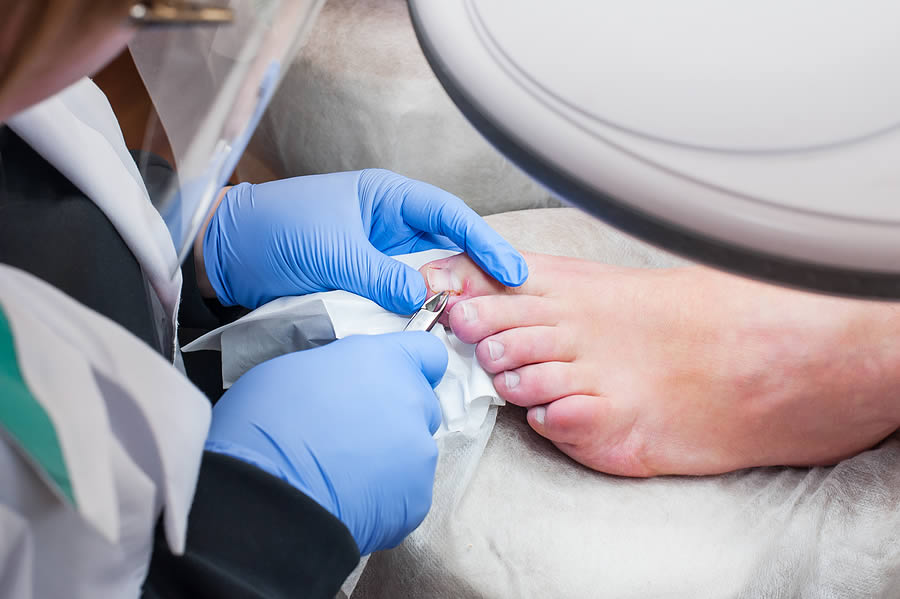Menu

Few things are as deceptively painful as an ingrown toenail. It starts as a minor annoyance but can quickly spiral into a major source of discomfort if left untreated. Whether you're battling one right now or want to keep them at bay, understanding the root causes and solutions is essential.

In this brief article brought to you by Mid Penn Foot & Ankle Specialists, we dive into the world of ingrown toenails. If you’d rather consult with a trained foot specialist for long-lasting relief, then call or message Mid Penn Foot & Ankle Specialists to schedule a flexible appointment today.
An ingrown toenail, medically known as onychocryptosis, happens when the edge or corner of a toenail grows into the surrounding skin of the toe. This condition most often affects the big toe and can lead to pain, redness, swelling, and even infection if left untreated. While it’s incredibly common, it can make every step a torment.
The sooner you catch ingrown toenails, the better. This condition often starts with mild discomfort, but the symptoms can escalate if ignored. Be on the lookout for:
We are committed to providing personalized, compassionate care for everyone who walks through our doors. If you’re ready to schedule an appointment with one of our doctors, give us a call or visit one of our locations today.
BOOK AN APPOINTMENTBelieve it or not, there are many causes of ingrown toenails. Some of the most frequent offenders include:
The best way to deal with ingrown toenails is to avoid them altogether. Here’s how you can keep your toes in tip-top shape:
If you have certain foot deformities, then finding properly fitting shoes can be challenging. A podiatrist in Gettysburg can help address these abnormalities and/or prepare custom orthotics to provide support.
If you catch an ingrown toenail early, you might be able to address it at home. Start by soaking your foot in warm, soapy water for 15–20 minutes several times a day. After soaking, try sliding a small piece of cotton or dental floss under the edge of the nail to encourage it to grow away from the skin.
To reduce the risk of infection, apply a thin layer of antibiotic ointment and cover the area with a clean bandage. Remember to let your toes breathe! Avoid tight or restrictive footwear until the nail has healed.
Sometimes, no amount of at-home care will resolve the issue. Consult a licensed foot doctor if the pain becomes severe or persistent, or if you notice signs of infection like pus or spreading redness.
A licensed podiatrist can perform minor procedures to remove the ingrown portion of the nail. Residents in the area can call Mid Penn Foot & Ankle Specialists to schedule a convenient appointment with a trained professional today.
From the moment we step out of bed in the morning to the last stroll around the house…
Read MorePregnancy is an incredible journey, but let’s be real: it’s also tough on your body. From morning sickness…
Read MoreOur bodies are an intricate network of bones, muscles, tendons, and ligaments working together…
Read More